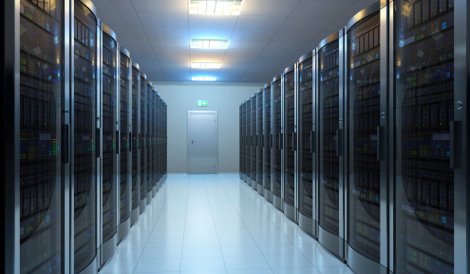Riverbed Technology has announced plans to extend virtual network overlays across the wide are network (WAN) using its SteelFusion converged infrastructure appliances.
The branch appliances (originally known as Granite) aim to deliver applications and data to remote locations more smoothly, by storing them locally in cache memory.
This makes the transfer of information to and from a central data center a lot less error prone and cohesive, creating better service levels.
The improvements could be achieved by the projection of a virtual network over the WAN, according to a Riverbed statement.
This would subsequently integrate with network virtualisation devices produced by other vendors. Riverbed has already claimed integration with VMware NSX, to be used with its SteelCentral performance management products.
Riverbed’s technical director Steve Riley said the system will enable data center managers and service providers to project virtual networks onto remote offices and manage them centrally, if need be. The plan is to make virtual networks as fluid and agile as applications and data are now.
"If you put a group of people in a temporary location, you will want to project virtual storage and virtual machines,” Riley said.
But the model needs to be extended he said.
“You also want a virtual network with policies that define access control lists and how services should be chained together," Riley said.
By integrating SteelFusion Riverbed aims to support what it describes as ‘location-independent computing’.
Under the scheme, a remote office could connect a SteelFusion appliance to their local Internet connection and a service provider could use Riverbed to project a virtual network that overlays the client's LAN.
This would massively simplify (and therefore cheapen) the provision of networks and the management of security policies and services.
Riverbed’s product marketing VP Rob Whiteley said location-independent computing will be the next the next development in software-defined networking (SDN) and data centers.
Software defined data centers (SDDC) can logically separate applications and services from the underlying hardware, but location-independent computing can physically separates those elements, said Whiteley.
This makes the placement of hardware and software a business decision instead of a technical one, he said.

